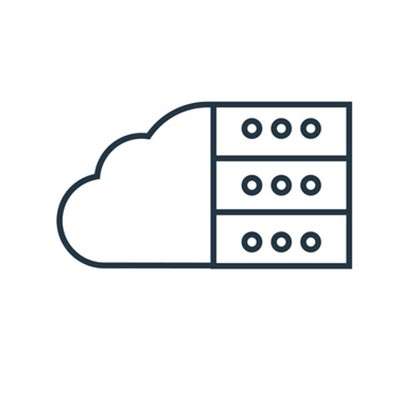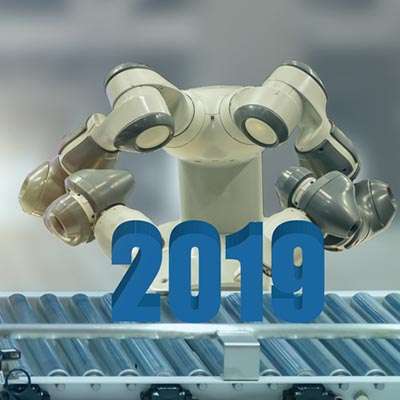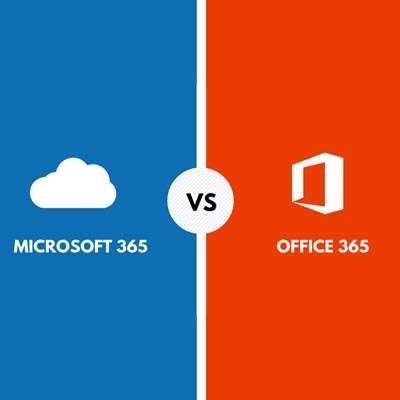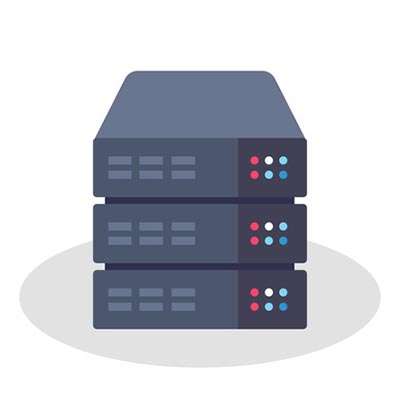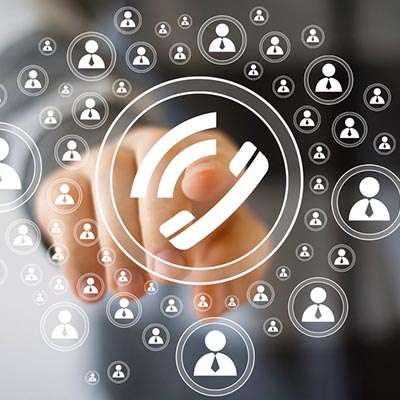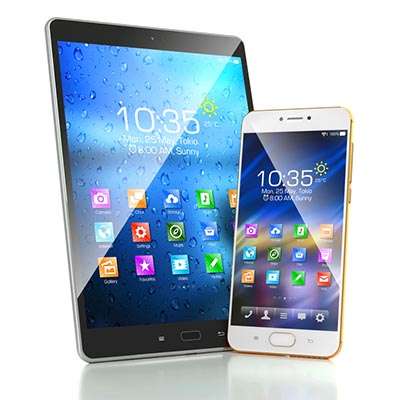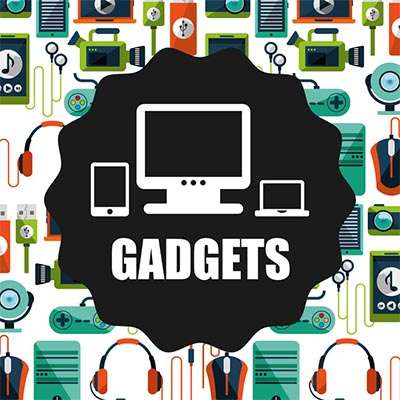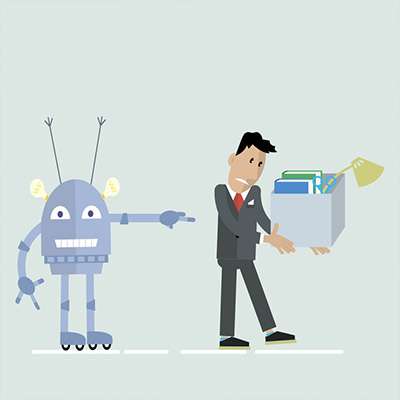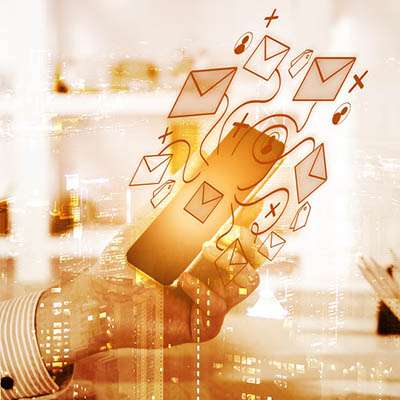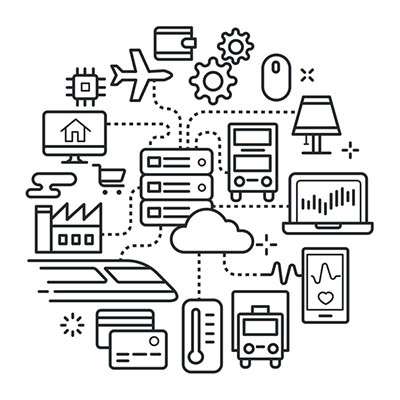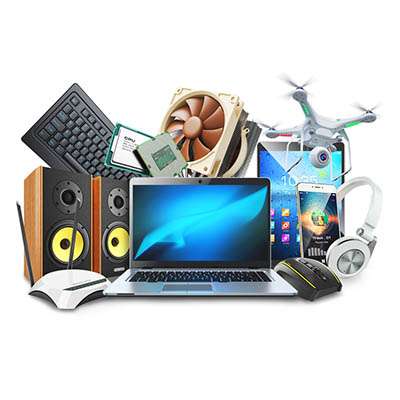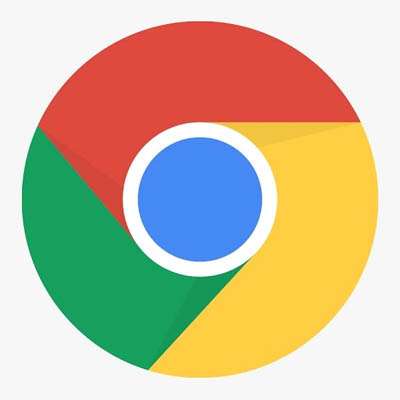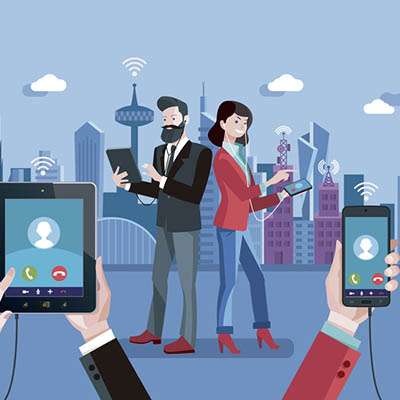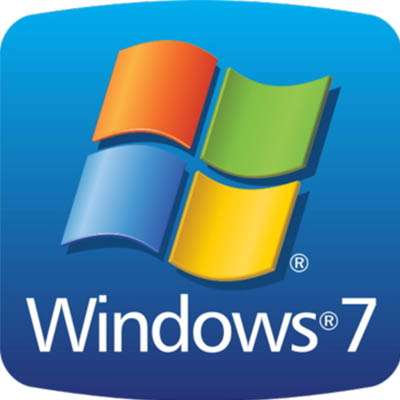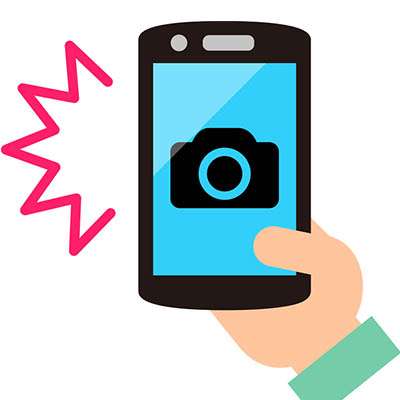Cloud computing has revolutionized the way business is done, but most organizations don’t always feel good housing data and hosting critical infrastructure in the cloud. Every company has to decide what kind of computing infrastructure is proper for them. Many modern organizations have decided to spread their technology investments around as they attempt to find solutions for all types of operational needs.
Macro Systems Blog
Our modern society is infamously connected, especially in the business sense; this fact can make not receiving a reply back from an email jarring. While we all need a break every now and then, we also need to reply to our contacts efficiently, which is where the ‘out of office’ message in Gmail comes into play.
The Internet of Things (IoT) is both the most amazing and the most menacing modern IT trend; this is because it promotes the use of connected devices, while not providing the integrated security required to keep all these new endpoints from stretching an organization’s network security thin. Let's check out five trending topics for the IoT, and what they mean for a company like yours.
Microsoft is a juggernaut in the increasingly competitive business world with its many, many solutions for businesses of all sizes. With so many options, it can be tricky to figure out the right solution for your organization. Fortunately, you don’t have to figure that out on your own; Macro Systems will help you understand the difference between Microsoft’s Office 365 and Microsoft 365 solution.
Servers are arguably of the most vital resources your business has, and they should last for many years. However, after a few years, they may begin to struggle to handle the workloads they once did; if they fail, they'll leave a whole business in a lurch. Knowing the signs of a failing server can significantly improve your chances of avoiding such a situation. Let's go over the three signs that your server needs to be replaced.
Smartphones are astonishing and as a result many people now have one. Thus, when the annual financials were revealed, it was surprising to see that the smartphone market was diminishing. There are many reasons for this, but the main one has to be that older devices are holding up well compared to newer devices. This results in consumers being less likely to make the significant investment to purchase the latest device.
With the holiday season here, finding solid gifts for the technology lover in your life may actually be more difficult than you’d think. People will often get paralysis from trying to find the right gift and end up going the gift card route because there are just so many options. Macro Systems has five great gift ideas for the technology fan in your life.
No matter how big a company is, it has to leverage at least some IT in order to be productive. Alas, some businesses are resistant to implement new technology if they don’t think they need it immediately. What these organizations don’t know is that the reason they usually don’t implement new solutions (saving money) is in direct conflict with what the solutions are designed to do in the first place.
The Internet of Things (IoT) is now consists of over 15 billion devices. 15 billion! That number includes both consumer devices in a home environment as well as business devices that are usually used in an office setting. You cannot risk ignoring this situation, whether it’s from a security standpoint or one of practicality. Discussed below are the many ways that IoT is shaping business practices in our era.
Taking good care of your computer is mandatory if you wish to receive the maximum return on investment from such an expensive piece of hardware. Admittedly, this can be a lot to handle; it includes cleaning your PC regularly, keeping security up to date, and organizing all of the information stored on it. When it all works as intended, there is a vast feeling of satisfaction. This is when it’s most practical to look at accessories.
Chrome 70 is a perfect example of how divisive technology can be. A few of the changes have people excited about some benefits to security, but others are concerned that Chrome will no longer be as secure or as user-friendly. Below we'll review some of the changes coming with Chrome 70 and you can decide for yourself.
Navigation is vital for any computing system, especially the Internet, where there are countless destinations. The Internet consists of various web pages, images, videos, and many other valuable bits of content that are all connected by a web of links. These links are the cornerstone of the Internet, and we’ll explain the details of how they work below.
It’s not every day that you come across a business technology solution that’s capable of connecting all of your employees together in a fast and simple way. Voice over Internet Protocol (VoIP) is a great tool for your business’ employees to collaborate in and out of the office. Listed below are three reasons why your business should invest in VoIP now to further upgrade operations and efficiency regarding employee collaboration.
From electronic billboards to office televisions to nearly evert consumer electronic device, displays are everywhere these days. Because of the high demand for these displays, many manufacturers have turned to OLED technology in an attempt to make high definition capabilities more accessible. The differences between OLED displays and how they are fundamentally better options compared to the traditional LED displays are discussed below.
If you have a computer that is currently running Windows 7 as its operating system, it’s time for you to start thinking about the future. Microsoft has officially revealed the End-of-Life date for Windows 7; this means they will eventually stop supporting computers running the popular operating system. What does this mean for your organization, though?
In this era the smartphone camera has transformed into one of the biggest selling points when consumers want to buy a new phone. This is mostly because it is vital to the use of many of the applications that your average user utilizes the smartphone for. It just goes to show that, in less than two decades, how much more utility the phone has than it did when the Samsung SCH-V200 first provided users the option of taking pictures with their phone.
The premier way to entice your audience is by understanding what they want from your company. Even something as simple as changing the color of your branding to be more enticing can be very helpful. This process is called A/B testing; it can help you make improvements to the way your organization operates.

